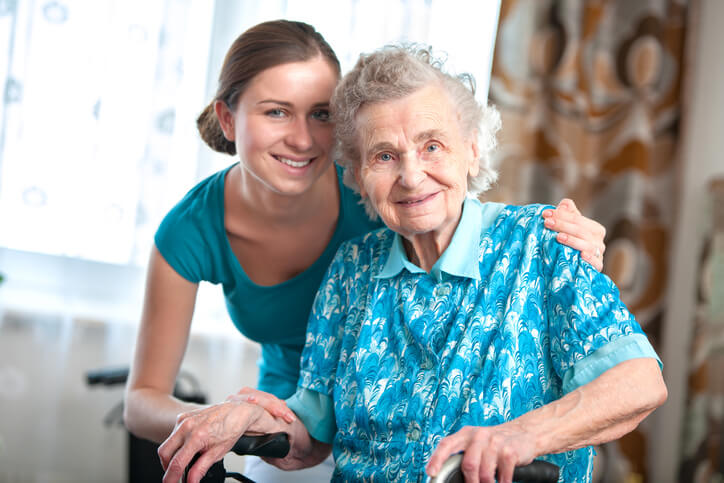
Granny Pod Basics: 10 Key Things to Know
If you’re struggling to respond to the care needs of an aging parent, granny pods are a solution well worth considering.
Granny pods are free-standing, occupant-ready structures designed to accommodate the physical limitations and/or medical needs of senior adults. They’re part of a growing trend to create home-based, elder-care solutions for the 26 million American seniors who either live with or are cared for by family members.
If you’re in the market for a granny pod, there are 10 key things to know.
Fundamentals. By definition, granny pods are:
- Prefabricated. The unit is built offsite, transported to your home and hooked up to your existing power, sewer and water lines.
- Mobile. Granny pods are manufactured homes (aka: mobile or trailer homes).
- Compact. Sizes vary, but most units range from about 288 to 600 sq ft.
- Self-contained. Pods are independent units with living and sleeping space, plus a kitchenette and bath. Some are configured like efficiencies, others like one-bedroom apartments, and many come with useful amenities like in-unit laundry appliances.
- Accessible. To accommodate hospital equipment and inhabitants who use walkers or wheelchairs, basic pods feature wide doors, railings installed in strategic locations, and bathrooms with grab bars and accessible shower stalls.
Enhancements. Many granny pods are designed or can be equipped with upgrades and smart devices that enhance livability and support medical needs. Options include:
- Communications. A centralized communication system supports interactive video, transmits real-time medical information, provides medication reminders, and plays videos, music or games for entertainment.
- Environmental controls. Pressurized air systems filter contaminants and contain pathogens.
- Lift devices. Tracks installed in the ceiling support a lift sling to move the inhabitant into or out of bed or into the bathroom.
- Monitoring devices. High-tech devices monitor vital signs such as blood pressure, temperature, blood glucose levels, weight, and more.
- Safety features. Lighting installed low on walls illuminates floors and reduces trip-and-fall risks. Sensors or cameras at floor level monitor for falls and rubberized floors minimize injury should one occur.
The typical unit is about 12 x 24 ft, but larger versions are available. Prices range from about $40,000 to $125,000, based on size, configuration and enhancements. This sounds costly until you compare it to the alternatives: A basic assisted living efficiency averages $50,000 to $60,000 a year, and a private room in a nursing facility costs about $125,000 a year.
While the cost of the granny pod doesn’t include expenses associated with specialized care, there are advantages. You can keep your loved one close by and make care arrangements that suit your needs. Plus, some manufacturers offer rental units, most offer financing, and many will buy back the unit when it’s no longer required.


